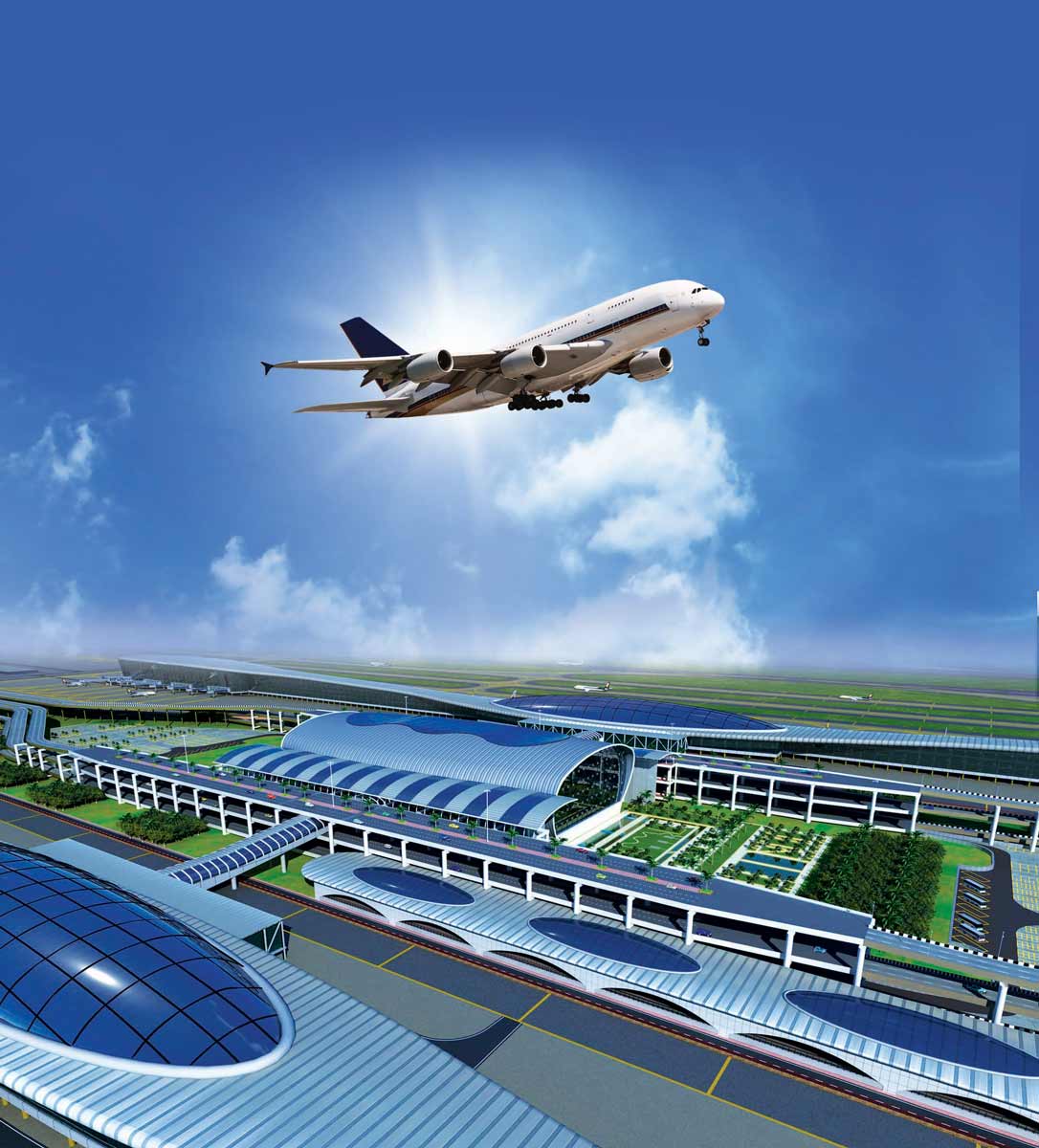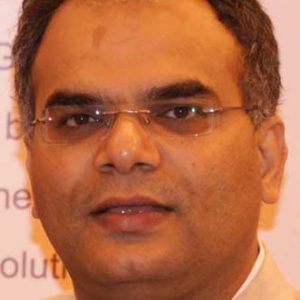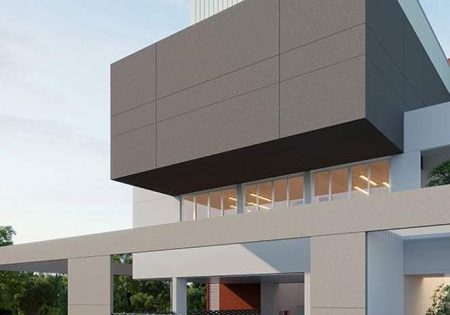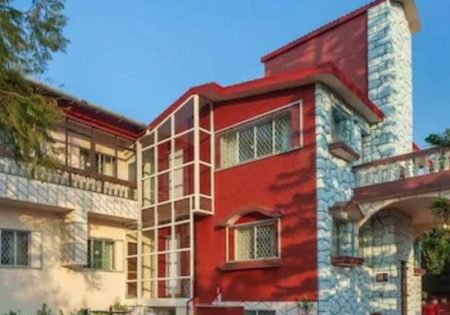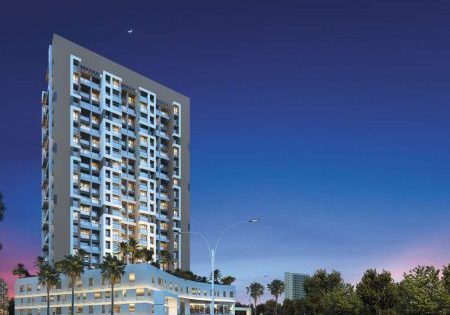Analyzing the planned city’s infrastructure-driven growth prospects
The Government of Maharashtra’s unique, first-of-its-kind initiative of the Navi Mumbai (also known as the Mumbai Pune) Knowledge Corridor is fast emerging as the information-technology (IT) hub of the country. It is also known as “Knowledge City” due to the presence of numerous educational institutions. Its features include:
- The largest new city in the world, fully planned
- Total area: 334 km2
- An efficient integrated transport system covering all modes
- Adequate and regular power supply
- Easy access to Greater Mumbai via a variety of already-existing transportation modes.
With a fully operational RERA ensuring the city sees systematic residential development going forward, a plethora of advantages in terms of government initiatives and infrastructure projects and well-conceived plans, Navi Mumbai’s real estate market is poised for a quantum jump.
Navi Mumbai has a literacy rate of 98%, the average monthly income is INR25,000 (US$327), and 64% of the households have vehicles. This booming new metropolis has already become the base of reputable Indian and multinational corporations.
A city’s liveability index is rightly measured by the infrastructure it provides to its citizens, and its real estate growth is also driven largely by the development of proper roads and transportation systems. Navi Mumbai is one of the few areas in the country where residential prices are moderate and practical, despite the larger challenges of the housing industry.
With a mammoth budget of INR169.09 billion (US$2.21 billion), the Mumbai Metropolitan Region Development Authority (MMRDA) has allocated sizable funds for the development of new metro lines, the Mumbai Trans-Harbour Link (MTHL), Virar-Alibaug Multi-Modal Corridor (VAMC) and extension of arterial roads. This would have a direct impact on the relative growth of Navi Mumbai.
Navi Mumbai is in a different league altogether, supported proficiently by essential social infrastructure in education, healthcare, entertainment and leisure. It stands out as one of the most sought-after destinations in the MMR due to its various infrastructure developments and connectivity to Mumbai. The city has a well-planned layout, an ample supply of good-quality buildings with large floorplates, comparatively affordable rents and good connectivity.
Navi Mumbai has a relatively moderate air quality with an Air Quality Index that generally hovers around 127-140. The satellite city has rarely faced water scarcity; Navi Mumbai Municipal Corp. (NMMC) draws 420 million l per day of water from Morbe Dam for its citizens.
The property prices in Navi Mumbai are at a comfortable level. The demand for affordable housing has made newer areas in Navi Mumbai buyable. Commercial office space development has also witnessed an interest from several premium real estate players. Rents have remained stable due to ample submarket supply. With large parcels of land available and improved connectivity, this submarket is expected to emerge as one of the key Mumbai submarkets for large-scale office spaces, such as IT special economic zones (SEZes), IT parks and campuses, and financial districts.
The INR1-trillion (US$13.07-billion) mega-infrastructural development initiatives, such as the Navi Mumbai International Airport (NMIA), MTHL, Navi Mumbai Metro, VAMC and upcoming SEZes, will add heft to the real estate market, giving further boost to several areas of the city, including Kharghar, Panvel, Ghansoli, Khopoli, Rasayani and Karjat.
With a fully operational Real Estate (Regulation and Development) Act, 2016 (RERA) ensuring the city sees systematic residential development going forward, a plethora of advantages in terms of government initiatives and infrastructure projects and well-conceived plans, Navi Mumbai’s real estate market is poised for a quantum jump.
Educational Hub
Schools like DAV International, Ryan International, St. Xavier’s, St. Mary’s, St. Lawrence, Father Agnels Multipurpose School, Delhi Public School, and colleges like NMIMS, SIEL, Pillai’s, MGM, ITM, IME and the National Institute of Fashion Technology are in Navi Mumbai. This mushrooming of educational hubs has been supported by modern modes of transportation with 45% greenery.
Healthcare
Major hospitals like Fortis, MGM, Tata Memorial and Apollo are in Navi Mumbai
CIDCO Exhibition Centre
The CIDCO Exhibition Centre at Vashi is one of the top six exhibition centers in the country. The fully air-conditioned complex, spread over 7.41 ha of land, has two large exhibition halls, each sub-divisible for smaller events and functions with ancillary facilities, meeting rooms, cafés, lounges and a food court, among others. The facility also consists of a business center and an ancillary block and is green building certified by the Indian Green Building Council under Leadership in Energy and Environmental Design criteria. It has an underground air-distribution system and daylight harvesting facilities.
NMIA
Abutting the Ulwe node, the proposed NMIA, a Greenfield international airport, is being built in the Kopra-Panvel area of the MMR. It is to be located on National Highway (NH) 48 near Panvel, about 35 km from the existing Chhatrapati Shivaji International Airport. Proposed to have a capacity to handle 50-55 million passengers annually, the airport will have a total area of 1160 ha. NH 48 will provide the main road access to the airport from the east, whereas Amra Marg will allow access from the west. Now in full swing, the Sewri-Nhava Sheva Trans Harbour Link will connect the airport with the Mumbai mainland, with the purpose of speedy development in and around the airport zone.
The upcoming international airport is said to generate employment and large-scale investment. NMIA is one of the world’s largest greenfield airports. Spread over 2,866 acres and established by CIDCO in a public-private partnership, it is expected to employ more than 340,000 and has an attractive investment of INR600 billion (US$7.84 billion). CIDCO has also decided to promote residential growth via the Navi Mumbai Airport Influence Notified Area (NAINA), which comprises more than 600 acres, including 270 villages and six talukas. With two parallel runways, NMIA would be handling about 80 flights per hour.
Navi Mumbai Metro
The work of the ambitious Navi Mumbai metro rail project is going well, and services are expected to begin once all the systems are in place. The metro line’s first phase is between Belapur and Pendhar. The metro railway project has been divided into four parts: viaduct, stations, depot and systems.
The first phase of the project is in two parts: one is between Belapur and Kharghar Sector 14, and the second part is between Kharghar Sector 14 and Pendhar. There are 11 stations in this phase. The budget allocated for it is INR30.64 billion (US$400.45 million), and it is to be completed in 2020.
The second phase of the project is the Nerul-Uran Suburban Railway Line. When work on the proposed Nerul-Seawoods-Uran suburban railway line is completed, a further boost will be provided to the pricing of the area, as railways are the lifeline of a city. The majority of the work in this phase will be on the stretch between Bamandongri and Gavan railway stations.
High-Speed Metro Corridor
India’s first proposed high-speed metro corridor between Mumbai International Airport and NMIA will be the first metro corridor that is operational around the clock. Some of the stations in the corridor’s route are Santacruz, Chembur and Vashi, from where it will merge with the proposed CSMT-Panvel elevated corridor. The CBD-Taloja Metro line is to begin operations soon.
Panvel Railway Terminus Project
With an estimated budget of INR1.54 billion (US$20.11 million), the first phase of development includes construction of three new platforms, renovation of the existing ones and development of foot overbridges (FOBs) to connect all platforms. The upcoming railway terminus will be a three-story building with amenities such as a VIP lounge, administrative blocks, subways and escalators. Trains from almost all major cities of India will be available from this terminus.
CSMT-Panvel Fast Line Elevated Corridor
The elevated fast lane corridor will ensure that the railway lines can easily integrate with the Mumbai and Navi Mumbai metro network. This line will have 11 stations, almost all of them serving as major interchange points with other modes of transit. This is the first time authorities have planned a complete integration of the railways and metro; in theory, rakes running on the CSMT-Panvel line will also be able to run on connecting metro lines.
Panvel-Karjat Double Line
The Panvel-Karjat double line is part of the Mumbai Urban Transport Project III to provide an alternate route from Karjat to CSMT via Panvel, which will be 23 km shorter than the existing route via Kalyan. It will reduce CSMT-Karjat travel by 35-40 min. The opening of the Karjat-Panvel section for passenger traffic, as well as doubling of tracks in the section, will also enhance rail connectivity with Pune.
Water Transportation
A multi-corridor waterway transport network as an alternative to decongest rail and road networks has been proposed. The Thane Navi Mumbai route for a multi-corridor waterway transport network is planned for Saket (Thane)-Vashi-Nerul-Belapur-Taloja. One route from Belapur will join Panvel via Jui Nagar, and another route will join JNPT and Uran through Nerul. The Ferry-Wharf-Nerul water transport project has been planned from Nerul to Alibaug.
The RoRo service approval is making waves. It will connect Mumbai and Raigad via the water route and is assumed to be up and sailing soon. This service will boost the developments of the coastal transport facilities in Mumbai and neighboring towns, as well. Apart from saving time and energy, this initiative will also help reduce the present shipping charges and pollution, and operate year-round. The first vessel, which can carry both vehicles and passengers, will be brought in from Greece after the agreement is signed.
The nodal agency for the project, Maharashtra Maritime Board, is also looking to establish a hovercraft service amidst Mumbai-Thane-Navi Mumbai. These hovercrafts will be imported, which lends to the expectation of high-tech facilities here, too.
After the services become fully functional, it’ll take 35 min. for passengers to travel from Nerul to Ferry Wharf, while the Ferry Wharf-to-Mandwa route will consume about 20 min. — far less than the original 4 hr of travel time. Proposed water taxi services from Bhaucha Dhakka to Belapur, Nerul and Mandwa will provide a refreshing travel alternative.
VAMC
The proposed 126-km-long VAMC development will connect Surat-Mumbai NH (NH 8), Bhiwandi bypass, Agra-Mumbai NH (NH 3), Old-Mumbai-Pune National Highway (NH 4) and Palaspe-JNPT (NH 4B), Mumbai-Pune Expressway, Mumbai-Goa Highway (NH 17) and more. The Multi-Modal Corridor will be a crucial step toward development, strengthening and creating job opportunities in seven MMR growth centers.
Ring Road
There is a plan to connect the Mumbai Highway, Bandra-Worli Sea-Link and Nariman Point via a ring road at a cost of INR900 billion (US$11.77 billion). The government planning body City and Industrial Development Corporation (CIDCO) is also aiming at connecting NMIA with the Mumbai Trans-Harbour Link Bridge to make the airport directly accessible through a coastal road.
Golf Course
CIDCO has developed a signature golf course of international standards in Kharghar. Located in sector 22 of the city, the proposed golf course is spread over approximately 103 ha. Conceptualized as an 18-hole golf course, the project will include a clubhouse, five-star hotel, golf academy (for training purposes) and high-class residential developments on the peripheral areas. The chosen site has an idyllic setting with the Pandav waterfalls as a backdrop and an overview of the 80-ha Central Park.
Central Park
The first phase of Central Park is already complete and active. Developed rapidly as a high-end recreational space, it is spread over an area of 80 ha and encompasses sectors 23, 24 and 25 of the scenic Kharghar node. The modern park synthesizes the concepts of Hyde Park in London and Central Park in NYC. It hosts many recreational facilities for visitors. Similarly, a “Musical Instrumental Park” has given visitors a glimpse of Indian music through durable sculptures depicting various Indian musical instruments. It will offer a platform for budding local artists, as well as music maestros. A children’s play area offers play activities like riding, sliding, swimming, climbing and balancing.
An amphitheater aims at promoting cultural activities and providing impetus to performing arts. Its arena will accommodate 8,000, and its outer wall will include a waterfall, providing a visual treat from the waterpark area. It will also include a musical fountain, a food plaza and an exhibition site.
A yoga park will provide visitors a sneak preview of the Yoga Mudra placed at different locations. Two clubs, including indoor and outdoor play facilities with swimming pools, have also been proposed. These will also host marriages and other social functions. A virtual herbarium containing a text and photography database of around 35,000 specimens also find a place in the Central Park.
Morbe Dam
Navi Mumbai primarily sources its water supply from NMMC-owned Morbe Dam, near Khalapur in the Raigad district at Dhavri River, which originates from Patalganga River.
SEZ
The Navi Mumbai SEZ is to be developed as a futuristic business hub and global gateway for trade, commerce, industry, service activities and tourism.
Vikhroli Koparkhairane Link Road
The six-lane bridge will start where the Jogeshwari-Vikhroli Link Road (JVLR) meets Eastern Express Highway (EEH) and end near Koparkhairane on Palm Beach Road. From here, it will be a short drive to Thane-Belapur Road, which connects with the Pune or Goa highways. JVLR’s daily load of 100,000 vehicles (traveling between the eastern and western suburbs) will be substantially eased once the bridge opens. At present, Pune- or Goa-bound vehicles from Mumbai take either the Airoli or Vashi bridge on the Sion-Panvel Highway, the traffic load of which will come down once the new bridge is ready. In all, a proposed 200,000 vehicles will be diverted from the EEH and Sion-Panvel highway to the bridge.
Additional Bridge Connecting Mumbai Mainland and Navi Mumbai Via Vashi
The proposed TCB III will improve the connectivity between Navi Mumbai and Mumbai via Vashi and will avoid the bottleneck at the existing three-lane Thane Creek Bridge II. The existing TCB-I and II were built in 1973 and 1997, respectively, and now, considering the rising vehicular movement and upcoming NMIA, this new bridge has been proposed to ensure smooth traffic movement. The proposed TCB-III will provide six more lanes to the existing TCB-II. Larsen & Toubro Ltd. is to undertake the bridge construction work.
NAINA
The proposed modern township plan to be developed by the planning agency CIDCO, NAINA is going to be bigger than Mumbai city with all modern facilities of a technological city. CIDCO has taken up the pilot project of 38 km2 out of NAINA’s 600 km2. This model requires the participation of people who will get developed spaces, along with compensatory floor space index, in return for their land. It is claimed that NAINA will emerge as a bigger city than Mumbai with all modern facilities. NAINA has 20% more area than Mumbai and facilities including an international airport, railways and a 10-lane highway, which increase the boundaries of Navi Mumbai. Previously only until Panvel, the spread of Navi Mumbai has reached Khopoli and Karjat.
MIDC Data Centre Park
The 600-acre Maharashtra Industrial Development Corp. (MIDC) Data Centre Park coming up next to Taloja Industrial Estate is to be the first of its kind.
Sports Centre
The INR6-billion (US$78.34-million) Sports Centre at Ghansoli intends to make the city a serious sporting destination.
Mumbai Trans-Harbour Link
The 21.8-km Mumbai Trans-Harbour Link is to offer the speediest connectivity between South Mumbai and Navi Mumbai. At least 20% of its groundwork is done.
JNPT Terminal Expansion
The INR79.15-billion (US$1.03-billion) JNPT Terminal expansion is to greatly add to the port’s capacity and efficiency, while generating 125,000 new jobs.
BKC-2
Information parks, business complexes and commercial centers have already been established, while the upcoming 120-ha BKC-2 in Kharghar is expected to become the corporate hub of both Mumbai and Navi Mumbai.
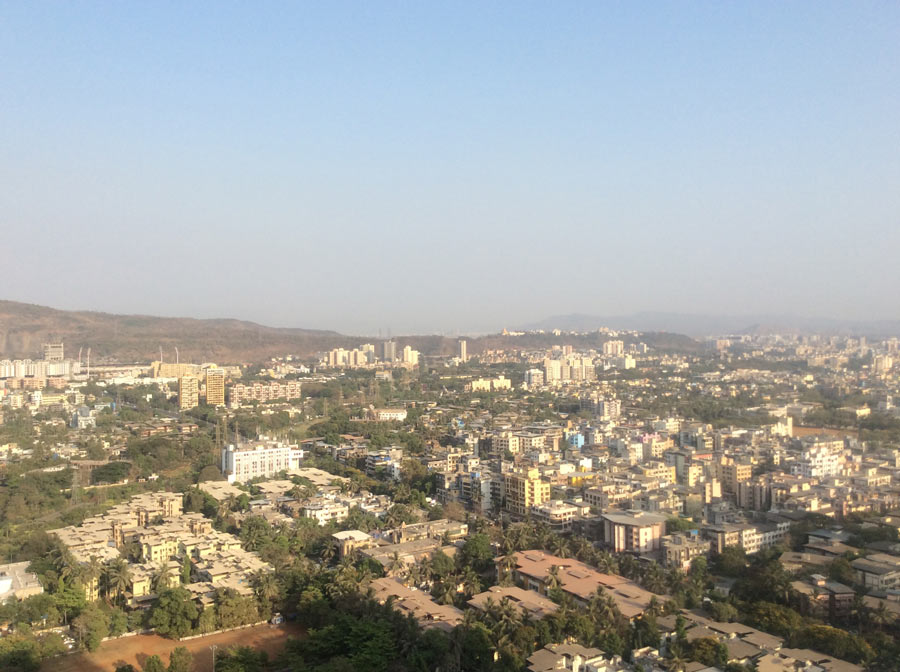
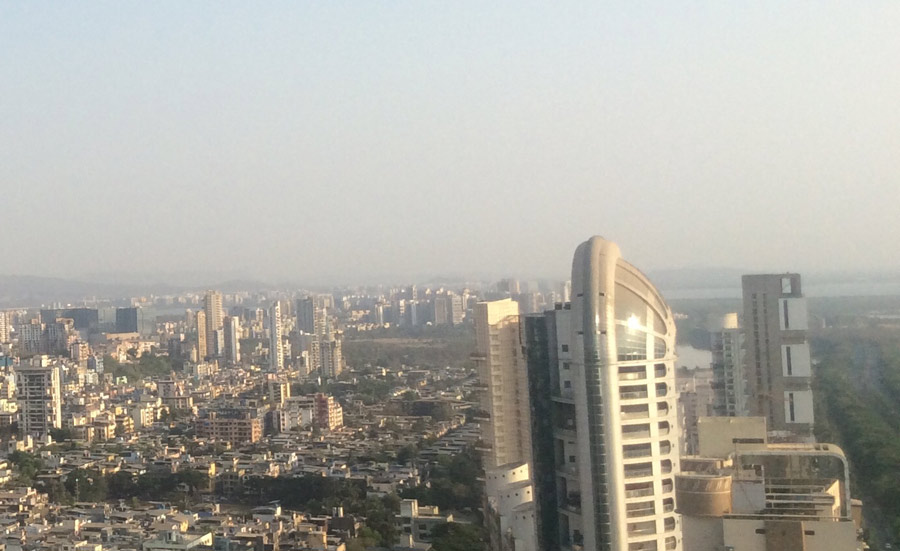
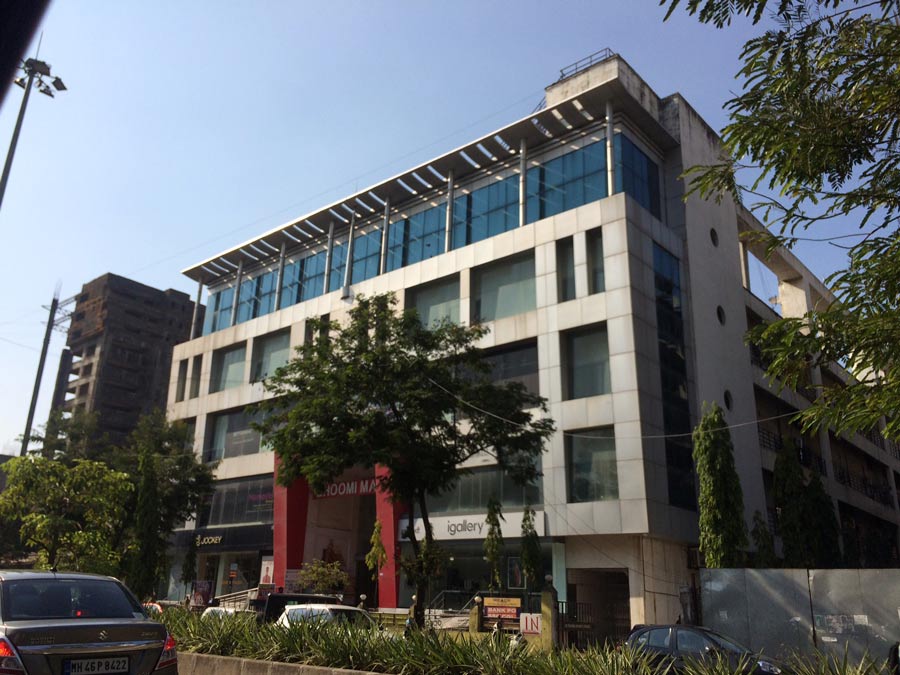
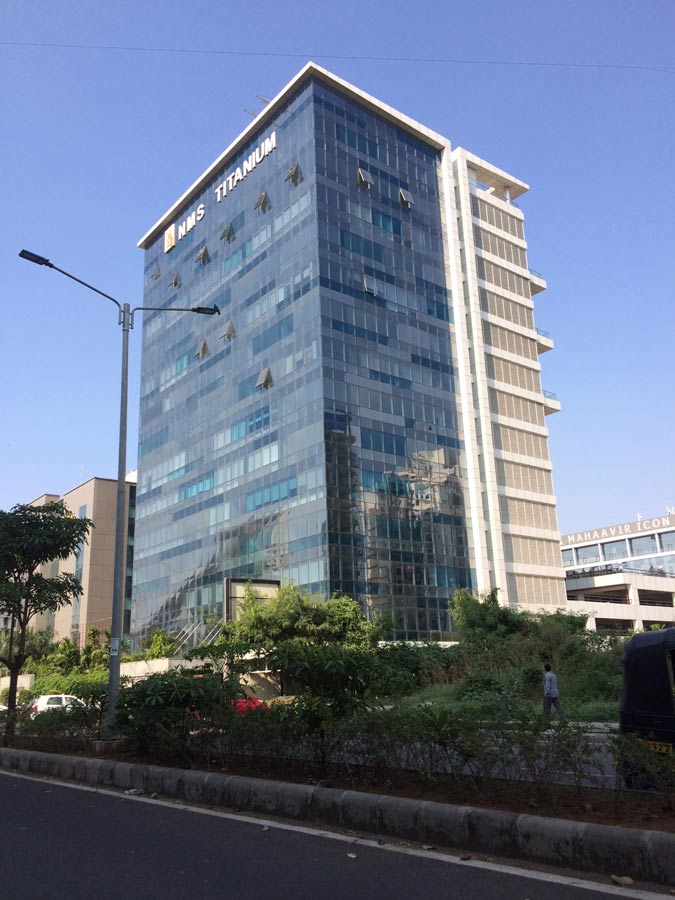
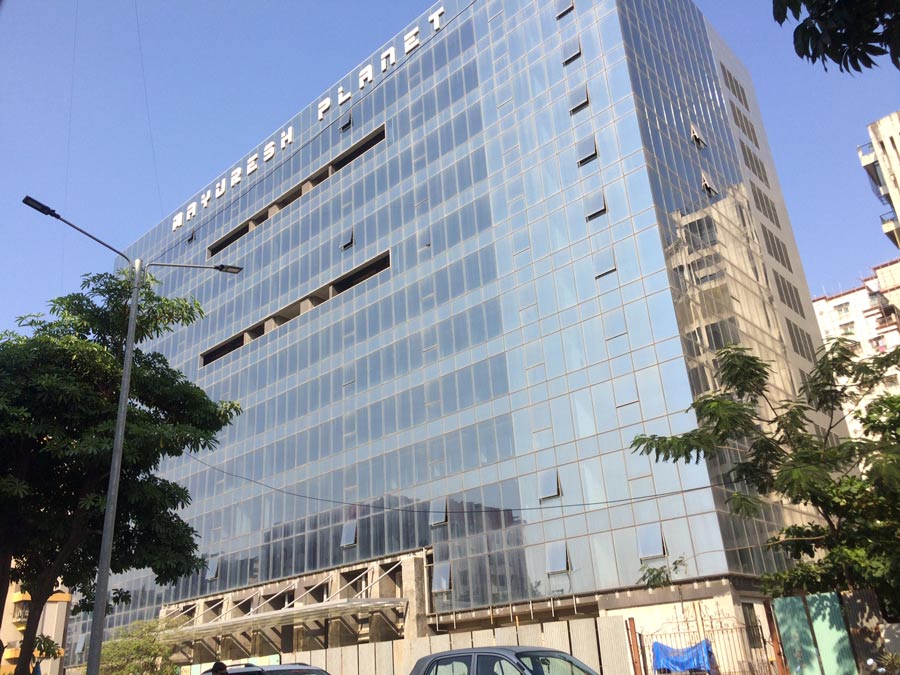
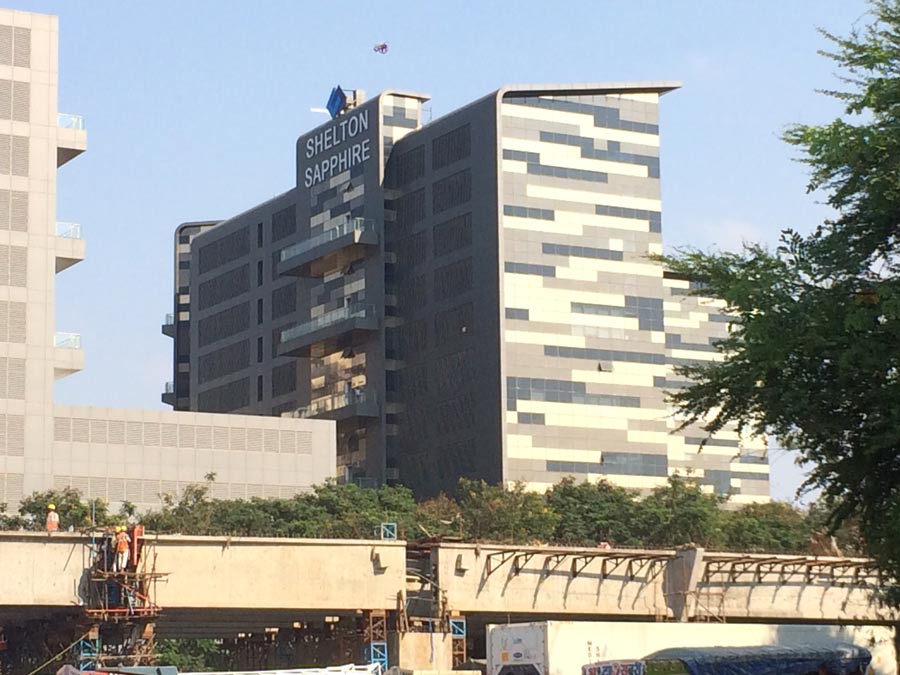

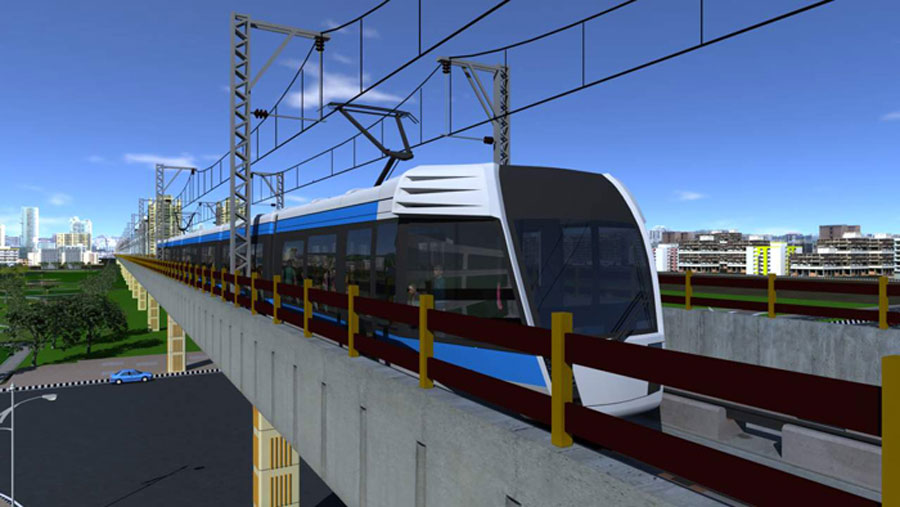
Get more of Elevator World. Sign up for our free e-newsletter.
